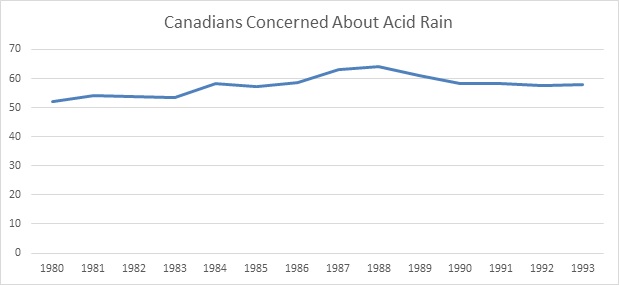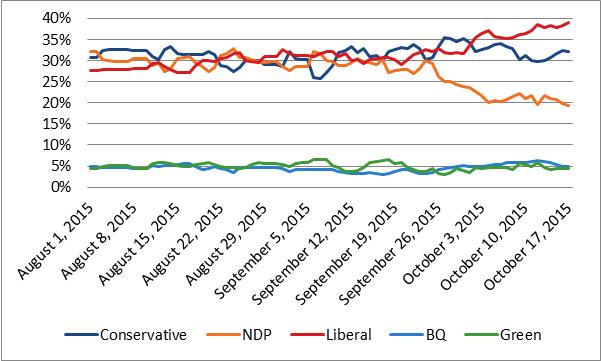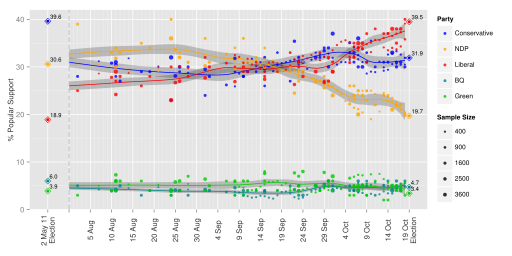By Sarah Stickland
The relationship between policy and public opinion has been studied for decades. Some social scientists argue that the public opinion shapes policy. While others argue that policy shapes the publics opinion. I believe that it is situational, but there is always a small minority pushing for policy change. When it comes to environmental policy, this is the case of a minority making a continuous effort, and eventually succeeding. The minority become a majority when the society feels threatened and believes they can make a change. Anthony Downs describes this an issue-attention cycle. We can see this cycle in Canadian policy and public opinion towards acid rain between the 1960s and 1990s.
The issue attention is a five stage cycle that the public goes through when determining the priority of their interest. The stages are pre-problem, alarmed discovery and euphoric enthusiasm, realizing the cost of significant progress, gradual decline of intense public interest, and the post-problem stage. The pre-problem stage emerges when there are undesirable social conditions and the problem is typically at the worst point here. The second stage the public becomes aware and alarmed about the problem and wants to find a solution to the problem. However, the public then becomes discouraged or not interested in making scarifies to rectify to the problem. This leads to a gradual decline in the public’s interest in solving the problem or another problem enters stage two of the cycle and this problem is forgotten (Downs 2001, 39-41).
Figure 1: Canadian public opinion on acid rain (1980-1993)
Acid rain according to Environment and Climate Change Canada is, acid deposition caused by sulphur dioxide and nitrogen oxides that enter the atmosphere and become acidic when in contact with water. Acid rain affects water quality, air quality and is a part of climate change.
The pre-problem stage was happening the in 1960s and 70s. The acidic levels the air and water were high. This was especially the case in Sudbury, Ontario because it had industries using sulphur in the production process. At the same time, there was a small minority that pressured the federal government to control pollution and ensure clean air and water. This is evident with public opinion polls conducted by Environics, Canadian Gallup Poll, and Decimal Quarterly between 1980 and 1990 asking Canadians their opinion towards acid rain (figure 1).
The data illustrates that the public entered stage two of the issue attention cycle in the late 1980s. This makes it a case where the public adjusted its preference in reaction to policy changes (Soroka and Wlezien 2004, 532). We know this because industries and both Federal and Provincial governments were already starting to solve acid rain prior to the peak of the public’s concern. Part II will explain how the public entered into the second stage, the policies implemented, and what we learned from this case.




